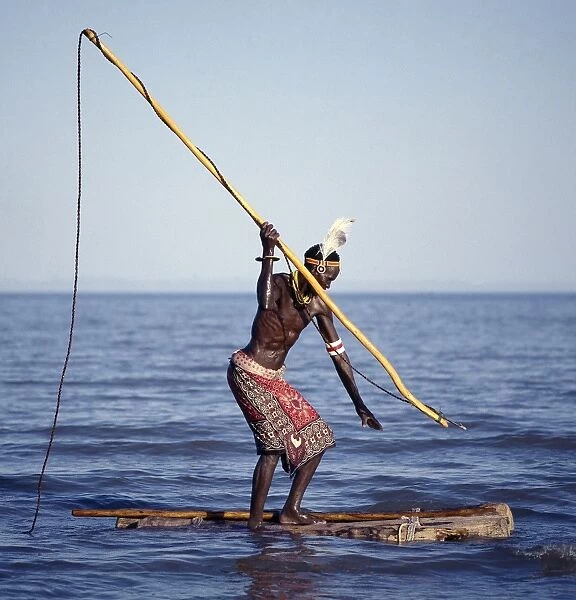
Spearfishing: Everything You Need to Get Started
Spearfishing is an old method of fishing that’s practiced all throughout the world. In the present, it’s one of the most preferred and sustainable methods of acquiring fresh and healthy seafood because it doesn’t require weapons or other risky equipments that can create pollution to the water. And, the best part is that it can be lots of fun!
We would like to mention that you should find a freediving gear shop before you take your diving trip, they have the top quality equipment that is ready for the deepest dives in!
Before you dive or hunt for a big snapper or bass, ensure that you have everything that you require for catching. It can be beneficial to speak with others who are experts in the field for equipment that you can use in a specific area because the equipment you’ll require in the Caribbean will not work in places to spearfish in New Zealand or San Diego.
But to give you an overview, here are the basic items and equipment that you’ll need to have a safe and enjoyable spearfishing experience.
Basic Spearfishing Gear
Flat lay of a fish on spearfishing equipment
Professional spearfishers or “spearo” would know that having the best equipment for spearfishing is vital to ensure your security and success. Below is the most basic equipment for spearfishing you might need to buy to start your journey into spearfishing. There are also suggested brands that are popular and highly recommended among other spearos.
Fishing License
Spearfisher in emerald green sea water
Although technically, it is not part of your fishing gear, you may need to obtain a valid sportfishing license before hitting the water with your hunting equipment. In most states, you can get ticketed for fishing without a license and even be sent to prison time when you hunt (and killing) endangered species.
The rule is that you’ll be advised to speak with your local agencies, lifeguards, fishermen supply and dive shops, and any other experienced spearos prior to doing anything.
Weapon of Choice
Lionfish Pole Spear
- Now on to your primary weapon to spearfish: Hawaiian slings, pole spears or a rifle. Hawaiian slings and pole spears all require within the reach of the animal. However, the difference is that the sling’s band is likely to be held in your hand while the pole spear leaves your hands completely when you employ it to spear an animal. With regard to the speargun, it differs based on type of construction. Some are launched manually with an sling or a band, and other spearguns are powered by gas or air (pneumatic).
- If you opt for a speargun, you’ll have to consider the transparency of the water and the size of the fish you’ll hunt before making a decision on the type of speargun to buy. Areas with low visibility will require you to get closer to the water and shorter spearguns are better. In the event that you’re fishing for a larger fish it’s not necessary to use thick shafts nor an air-driven speargun. Most of the time, if you might only require a mid-sized, multiple-band speargun with an extended reach it is possible to do so by using roller guns.
- You’ll find spearguns in pretty everything that sells spearfishing equipment. JBL has a good range of entry-level spearguns, so check out the Woody Sawed Off Magnum Spear Gun ($309.95) from this brand if looking for a weapon that’s easy to operate and powerful. However, if you prefer pole spears, you may prefer the 5-pronged Lionfish Pole Spear ($26.95) or the JBL 6 Breakdown Travel Pole Spear ($119.95).
Spearfishing Wetsuits and Rash Guards
One of the primary items you’ll need before spearfishing–or diving in the first place is a wetsuit. There are numerous types and types of wetsuits that you can choose according to the water temperature and underwater activity.
For spearfishing, you’ll want to think about the suit’s thickness particularly in warm conditions. It’s usually advisable to go for one that’s no thicker than 1.5mm at the most, except for deep dives in colder waters. If you’re not likely to take deep dives, or being in the water for extended periods of time, then you may be able to do so by wearing a rash guard.
